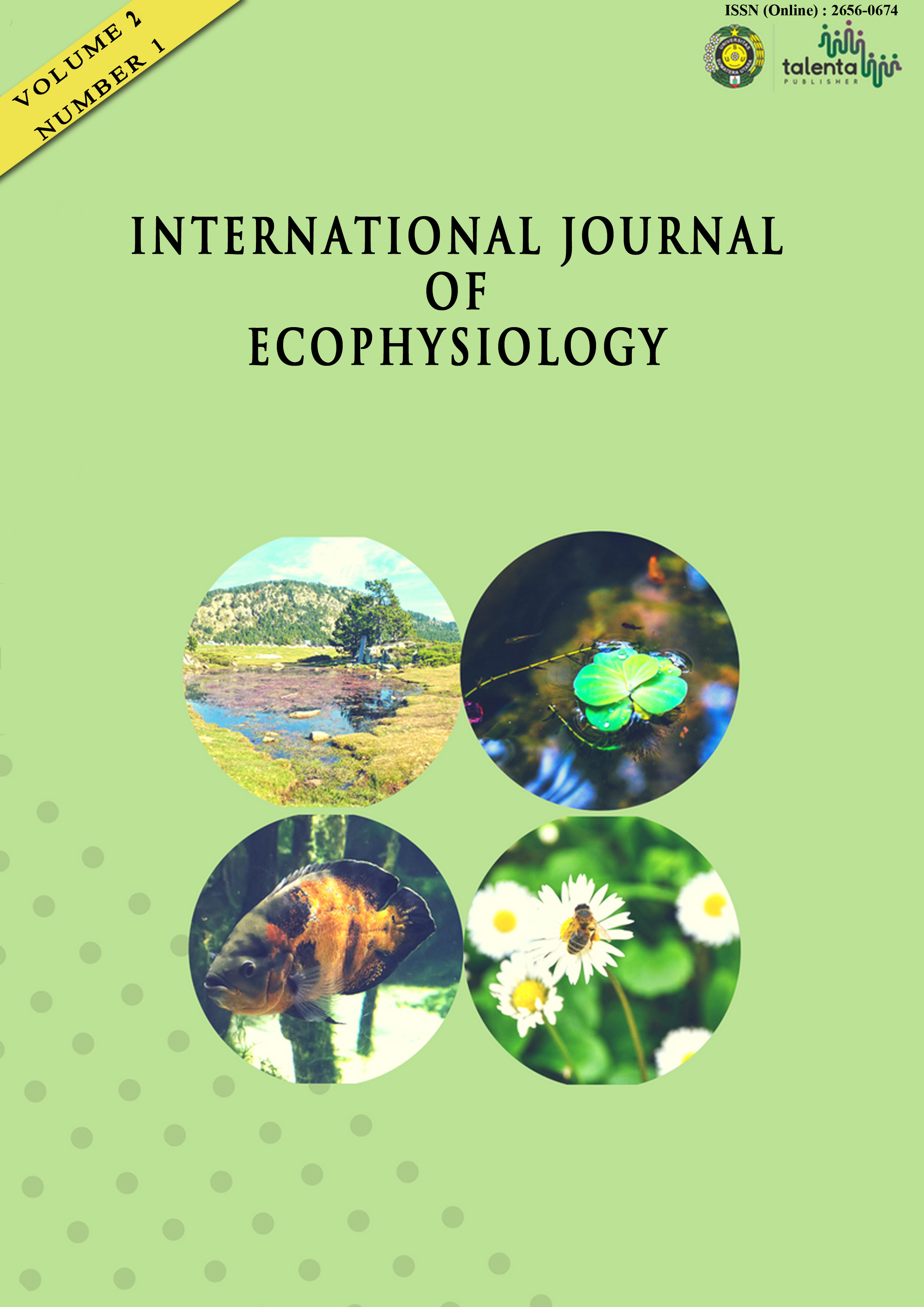Effect of Nanoherbal Haramonting (Rhodomyrtus tomentosa) on Lungs Histology
DOI:
https://doi.org/10.32734/ijoep.v2i1.3992Keywords:
Nanoherbal, Rhodomyrtus tomentosa, Lungs, Alveolus, HistologyAbstract
The study aim to know to effect of Nanoherbal Rhodomyrtus tomentosa (Haramonting) on lungs histology of Mus musculus. Haramonting in Indonesia as a new source of health-promoting compounds such as dietary fibers, essential fatty acids, and phenolic compounds because there are 19 phenolic compounds including stilbenes and ellagitannins as major components, followed by anthocyanins, flavonols, and gallic acid. Haramonting is made on a nanoscale using High Energy Milling (HEM). This research use the Completely Randomized Design (CRD) at dosage of (100; 141,42; 200; 282,82; 400)mg/20g body weight. The lungs were made into preparations by using the paraffin method and Hematoxylin Erlich-Eosin staining (HE). There were a significant difference (P<0,05) between control group and treatment groups on form of lung cells although no significant in lung weight














